Filter by
The language used throughout the course, in both instruction and assessments.
Choose the Virtual Classroom Course That Aligns Best With Your Educational Goals
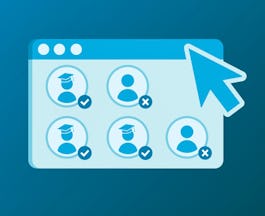
University of California, Irvine
Skills you'll gain: Leadership and Management
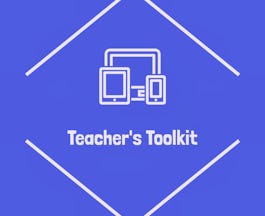
Coursera Project Network
Skills you'll gain: Creativity
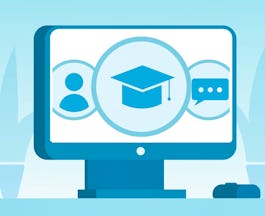
University of California, Irvine
Skills you'll gain: Strategy, Collaboration
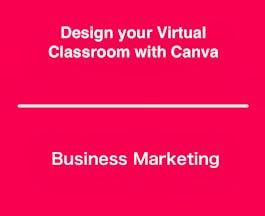
Coursera Project Network
Skills you'll gain: Graphic Design, Marketing

Louisiana State University

Louisiana State University
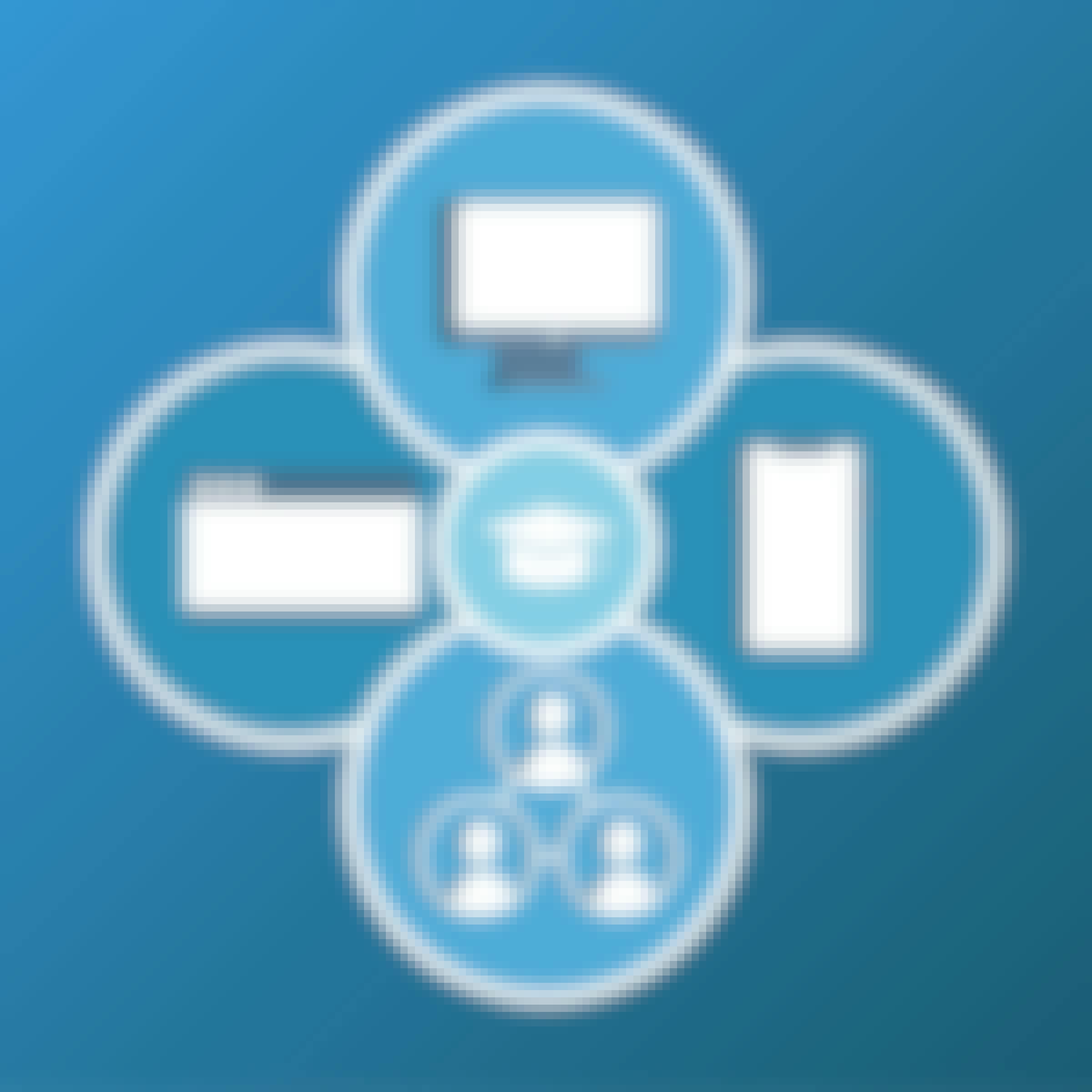
University of California, Irvine

Macquarie University
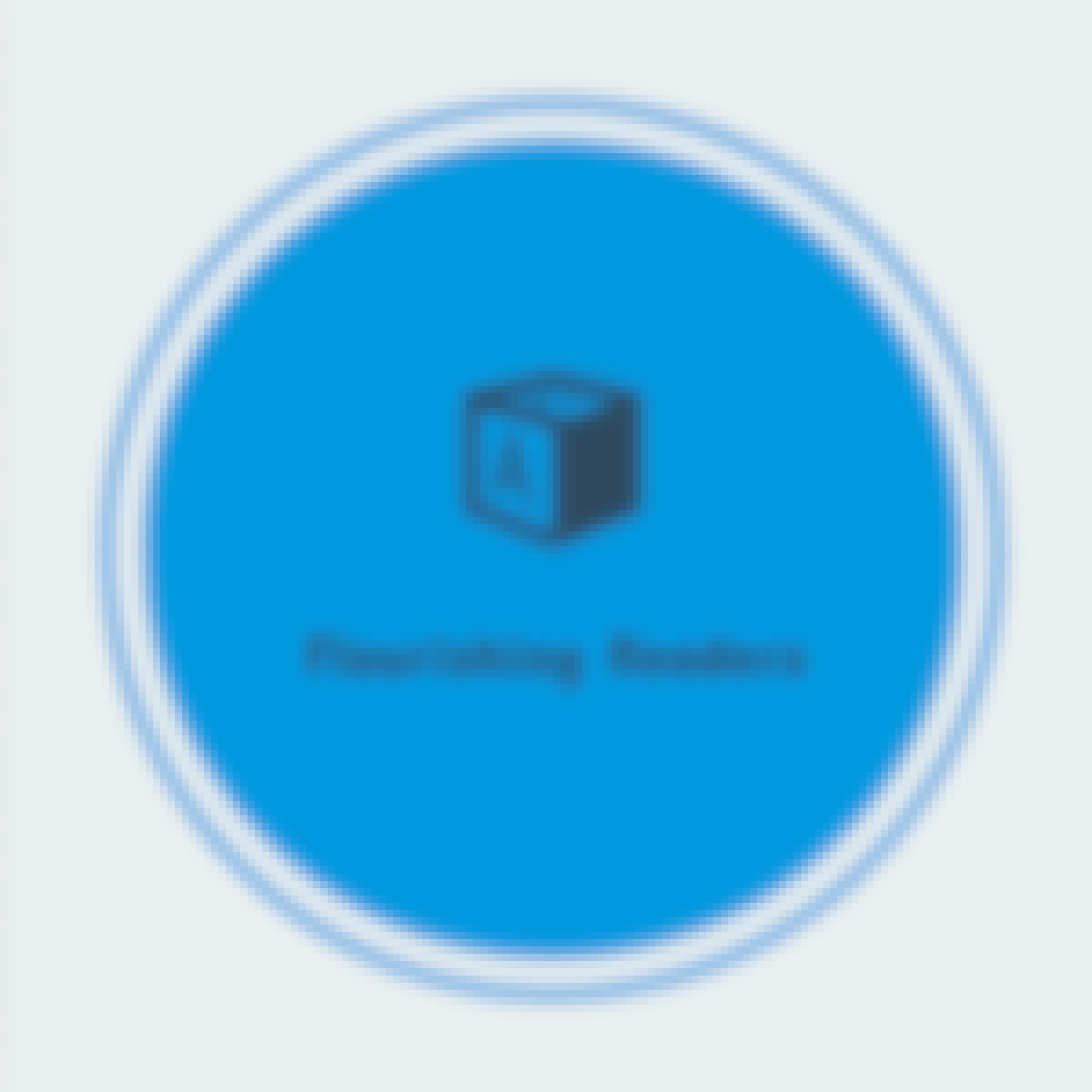
Coursera Project Network
Skills you'll gain: Leadership and Management

Coursera Project Network
Skills you'll gain: Collaboration

University of California, Irvine
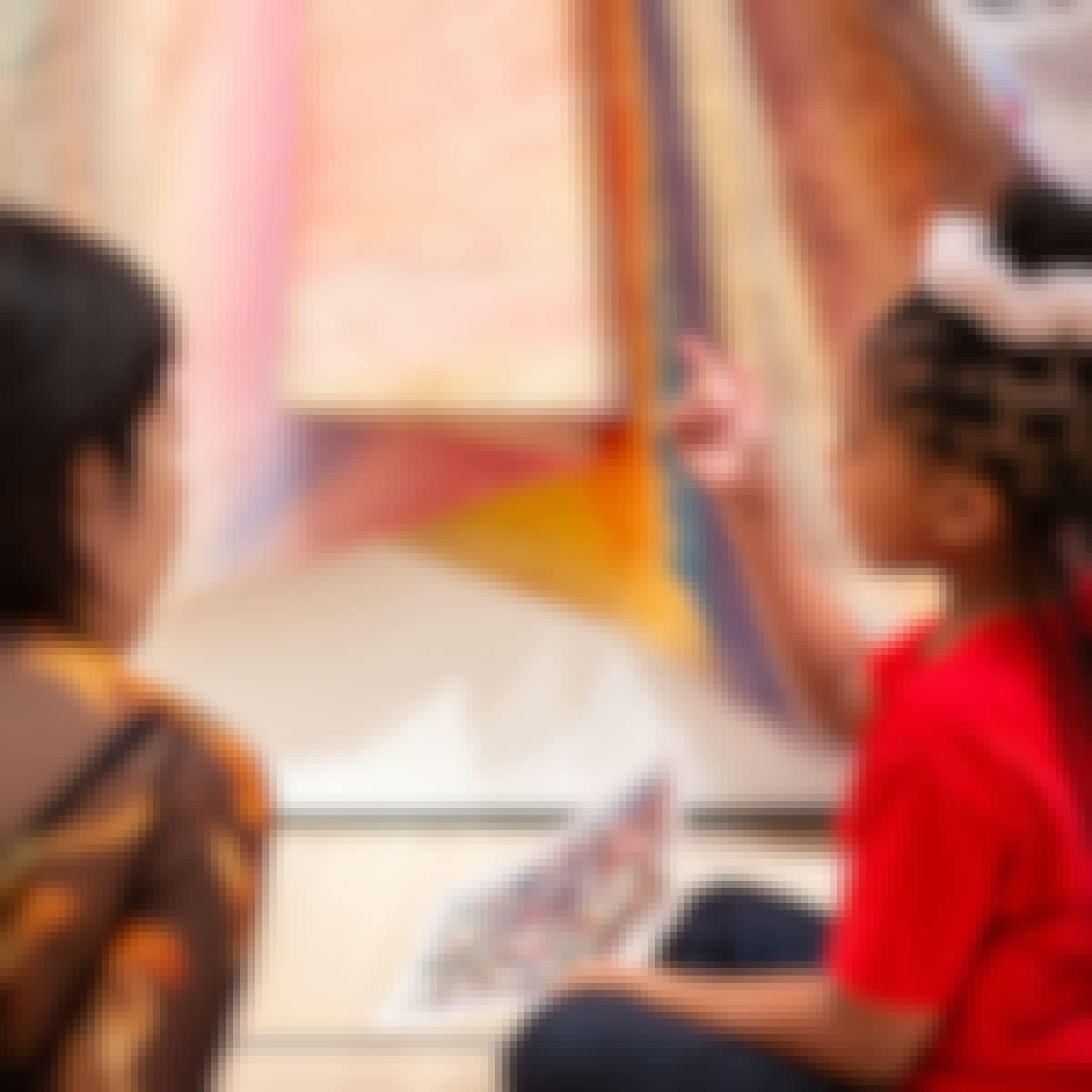
The Museum of Modern Art
In summary, here are 10 of our most popular virtual classroom courses
- Performance Assessment in the Virtual Classroom: University of California, Irvine
- Create a Virtual Classroom using Google Slides: Coursera Project Network
- Advanced Instructional Strategies in the Virtual Classroom: University of California, Irvine
- Design Your Virtual Classroom with Canva: Coursera Project Network
- Master of Arts in Education - Educational Technology: Louisiana State University
- Master of Arts in Education - Higher Education Administration: Louisiana State University
- Emerging Trends & Technologies in the Virtual K-12 Classroom: University of California, Irvine
- Online teaching: Using Zoom to connect with learners: Macquarie University
- Setting Up a Digital Library with EPIC: Coursera Project Network
- Encouraging Student Collaboration with Padlet: Coursera Project Network










